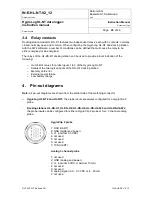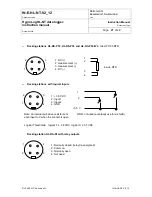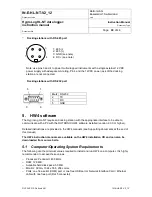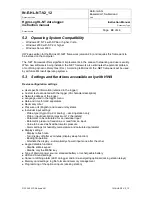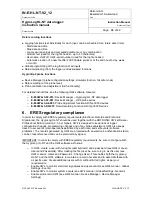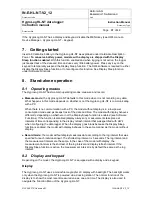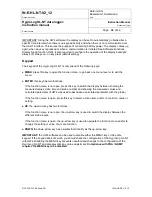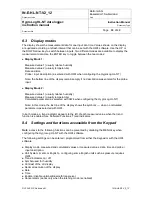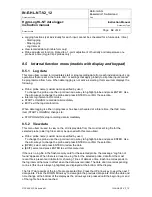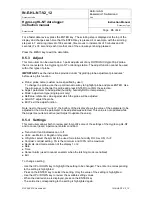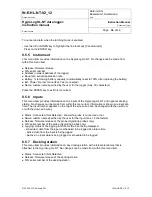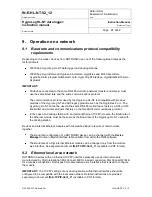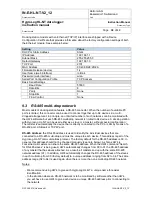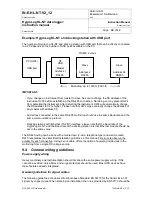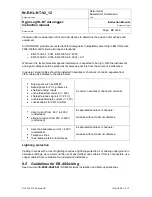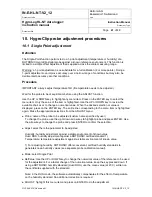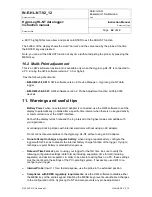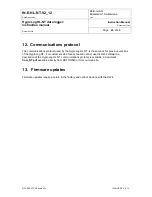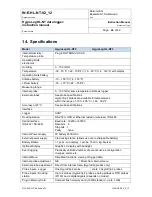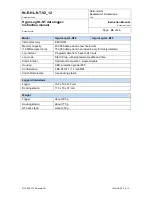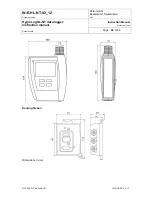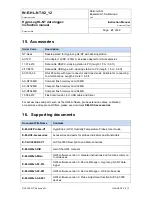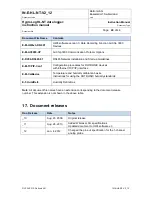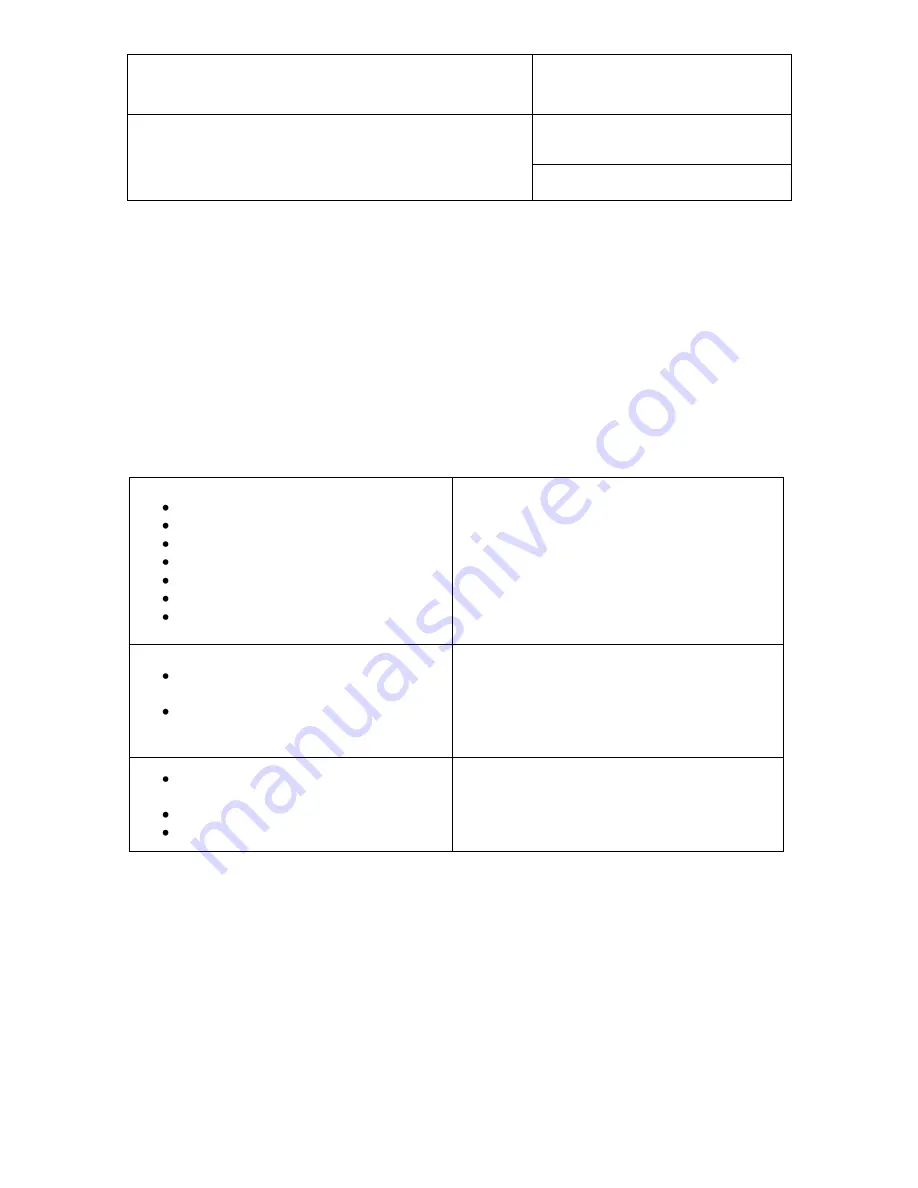
IN-E-HL-NT-V2_12
Rotronic AG
Bassersdorf, Switzerland
Document code
Unit
HygroLog HL-NT data logger:
instruction manual
Instruction Manual
Document Type
Page
40
of 48
Document title
© 2009-2012; Rotronic AG IN-E-HL-NT-V2_12
followed under consideration of local circumstances to determine the position of machines and
equipment.
All ROTRONIC products are tested for Electromagnetic Compatibility according to EMC Directive
2004/106/EG and following European standards:
o
EN 61000-6-1: 2001, EN 61000-6-2: 2005
o
EN 61000-6-3: 2005, EN 61000-6-4: 2001 + A11
Whenever the level of electromagnetic interference is expected to be high, both the instruments
and signal cables should be placed as far away as possible from the source of interference.
In general, signal cables should be installed in bundles or channels / conduits, separate from
other cables as indicated in the table below:
Bus signals such as RS485
Data signals for PCs, printers etc.
shielded analog inputs
unshielded direct current (<= 60V)
shielded process signals (<= 25 V)
unshielded alternate current (<= 25V)
coaxial cables for CRT monitors
in common bundles or channels / conduits
direct current from 60 V to 400 V
(unshielded)
alternate current from 25V to 400 V
(unshielded)
in separated bundles or channels /
conduits, without minimum distance
direct and alternate current > 400 V
(unshielded)
Telephone lines
lines leading into EX-rated areas
in separated bundles or channels /
conduits, without minimum distance
Lightning protection
Cabling in areas with a risk of lightning requires a lightning protection. For cabling underground in
between buildings, we recommend the use of special fiber optic cables. If this is not possible, use
copper cables that are suitable for underground installation.
9.5 Guidelines for RS-485 wiring
See document
E-DV04-RS485.01:
RS485 Network Installation and Start-up Guidelines

